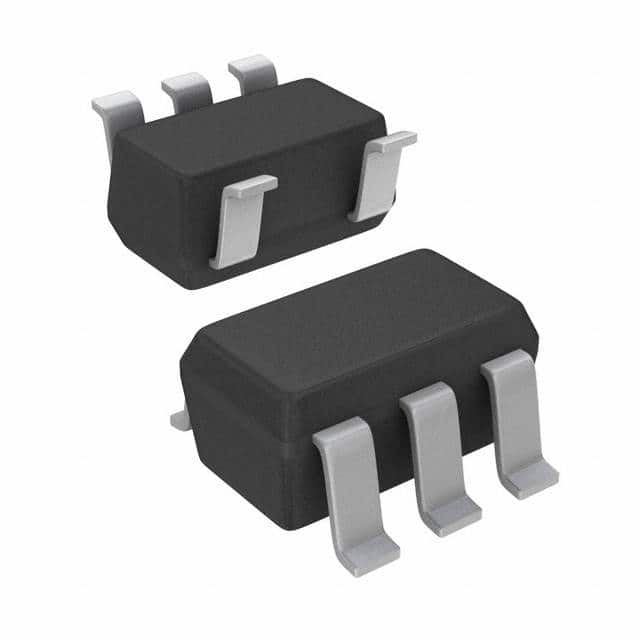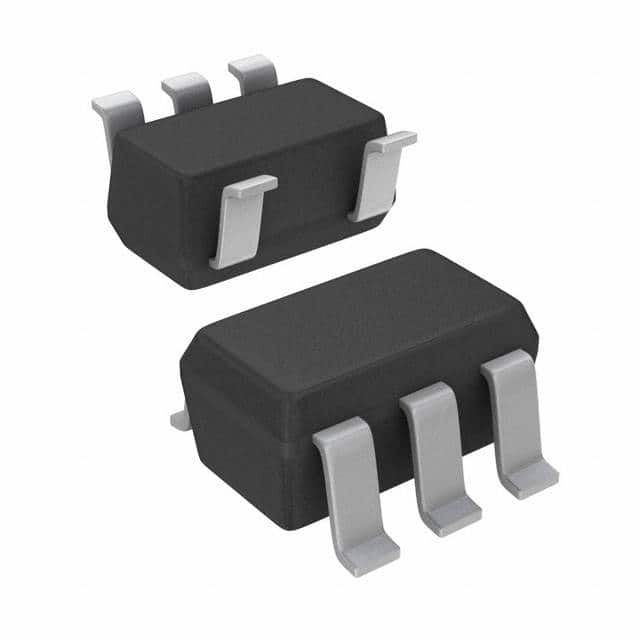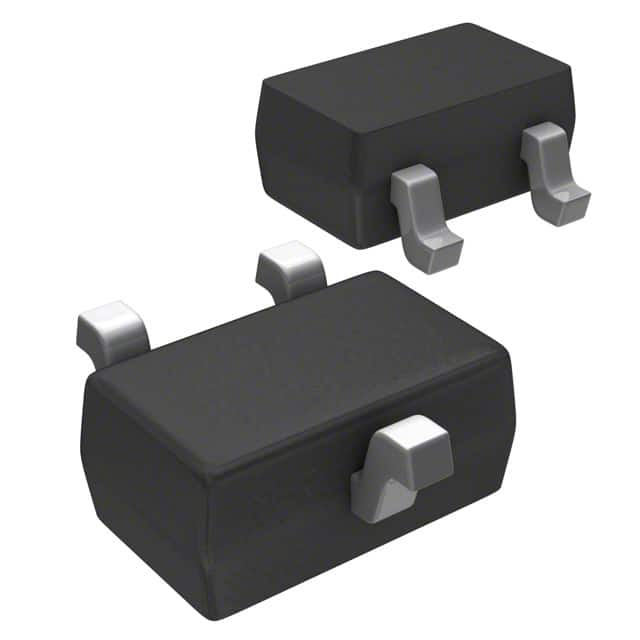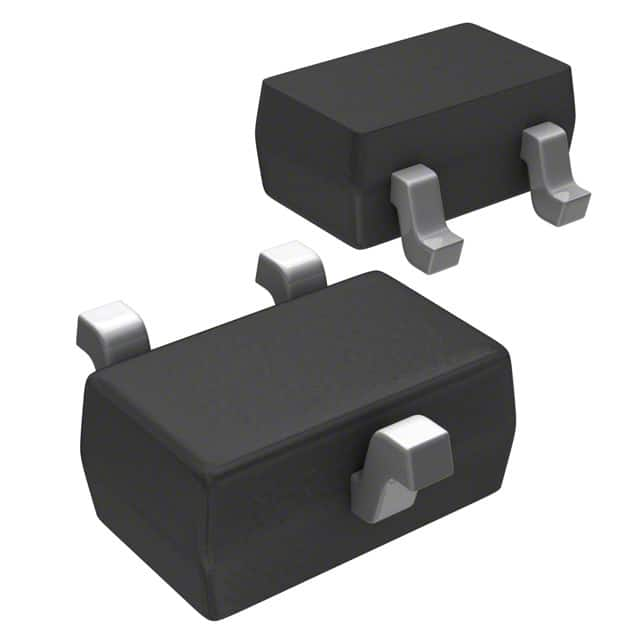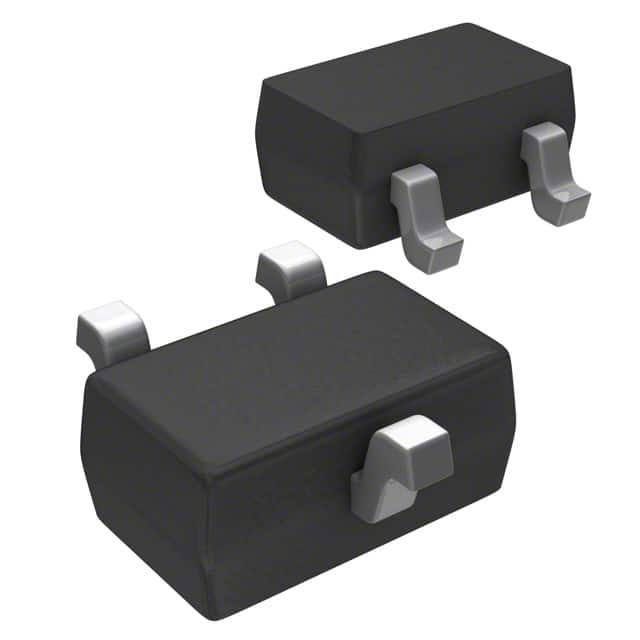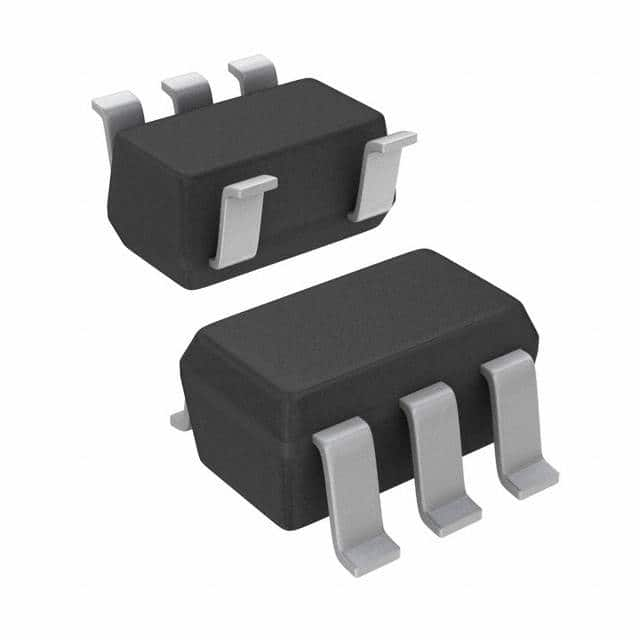TLV840CADL14DBVR Product Introduction:
Texas Instruments Part Number TLV840CADL14DBVR(PMIC - Supervisors), developed and manufactured by Texas Instruments, distributed globally by Jinftry. We distribute various electronic components from world-renowned brands and provide one-stop services, making us a trusted global electronic component distributor.
TLV840CADL14DBVR is one of the part numbers distributed by Jinftry, and you can learn about its specifications/configurations, package/case, Datasheet, and other information here. Electronic components are affected by supply and demand, and prices fluctuate frequently. If you have a demand, please do not hesitate to send us an RFQ or email us immediately sales@jinftry.com Please inquire about the real-time unit price, Data Code, Lead time, payment terms, and any other information you would like to know. We will do our best to provide you with a quotation and reply as soon as possible.
Introducing the Texas Instruments TLV840CADL14DBVR, a versatile and high-performance voltage level translator designed to meet the demands of modern electronic systems. With its advanced features and wide range of applications, this voltage level translator is a must-have for engineers and designers.
The TLV840CADL14DBVR boasts a wide voltage range, allowing seamless translation between different voltage levels, from 1.2V to 5.5V. This makes it ideal for use in a variety of applications, including data communication, industrial automation, consumer electronics, and more. Its low power consumption ensures efficient operation, making it suitable for battery-powered devices as well.
One of the standout features of the TLV840CADL14DBVR is its bidirectional translation capability, enabling seamless communication between devices with different voltage levels. This eliminates the need for additional level shifting components, simplifying the design process and reducing overall system cost.
Furthermore, the TLV840CADL14DBVR offers excellent noise immunity, ensuring reliable data transmission even in noisy environments. Its small form factor and industry-standard package make it easy to integrate into any design, saving valuable board space.
In summary, the Texas Instruments TLV840CADL14DBVR is a versatile and high-performance voltage level translator that offers seamless bidirectional translation, low power consumption, and excellent noise immunity. With its wide range of applications and advanced features, it is the perfect choice for engineers and designers looking to enhance the performance and efficiency of their electronic systems.
Pmic-supervisors (Power Management Integrated circuit-Supervisors) is a highly Integrated Circuit component, which can detect key parameters such as voltage, current and temperature of the power system in real time, and take corresponding protective measures when necessary. To ensure the stable operation of the power system and the safety of the equipment. PMIC monitors usually integrate a variety of functions, such as overvoltage protection, undervoltage protection, overtemperature protection, etc.
Application
Pmic-supervisors (Power Management Integrated Circuit-Supervisors), as a key component of electronic equipment, is mainly responsible for real-time monitoring and adjusting the status of the power system, ensuring stable voltage and current, efficient battery management, and providing multiple protection functions. Its wide range of applications, covering mobile devices, consumer electronics, automotive electronics and industrial control and other industries, to ensure the stable operation of equipment and extend the service life.
FAQ about PMIC - Supervisors
-
1. What is PMIC in cars ?
PMIC in cars is a power management integrated circuit, which is mainly used to manage and control the power supply in cars. PMIC ensures stable and reliable operation of automotive electronic systems by converting, distributing, monitoring, and regulating power.
PMIC is widely used in automobiles, mainly in scenarios such as smart cockpits, autonomous driving, body electronics, instrumentation and entertainment systems, lighting systems, and battery management systems (BMS). According to different application requirements, PMIC can be divided into AC/DC, DC/DC, LDO, driver chips, and battery management ICs.
-
2. Why do we need PMIC ?
PMIC (power management IC) plays a vital role in modern electronic devices. It can effectively manage and optimize the use of power to ensure the stable operation of the equipment and extend the battery life.
The core functions of PMIC include:
Power status monitoring: real-time monitoring of parameters such as battery power, voltage and current, judging the power status according to the set threshold, and issuing warning signals when necessary.
Energy optimization: Automatically adjust the power supply mode according to the equipment usage and requirements to meet the needs of the equipment and avoid energy waste.
Protection function: Provide overload, overheating, short circuit and other protection functions to ensure the safe operation of the equipment.
Energy saving function: Automatically reduce the power supply power or enter the energy saving mode when the equipment is in standby mode to extend the battery life.
The importance of PMIC is reflected in many aspects:
Improve equipment performance and responsiveness: By optimizing power transmission, ensure that components receive the right power at the right time, thereby improving equipment performance and responsiveness.
Extend battery life: Reduce power waste, extend battery life, and reduce environmental impact.
Miniaturize equipment: Play a role in high power density and integration to achieve miniaturization of electronic products.
Ensure equipment safety: Through a variety of protection functions, ensure that the equipment can operate safely under various working conditions.
In summary, PMIC is indispensable in modern electronic devices. It not only improves the performance and safety of the equipment, but also extends battery life and reduces environmental impact. It is a key technology for realizing efficient, safe and miniaturized electronic devices.
-
3. How to test PMIC(Power Management Integrated Circuit)?
The core steps of testing PMIC include observing external features, conducting comprehensive professional testing, and measuring PSRR.
First, observing external features is the first step in testing PMIC. Rationally observe the quality standards of power management chips, including their appearance, logos, etc., to ensure that the chip meets basic quality requirements.
Second, conduct comprehensive professional testing. Select representative specification models and conduct comprehensive tests on the power management chip, including electrical characteristics test, functional test and environmental adaptability test. The electrical characteristics test covers the input voltage range test to ensure that the chip works normally under different input voltages.
Finally, measure the PSRR (power supply rejection ratio). PSRR is an important parameter of PMIC, indicating how stable the input is when the power supply voltage changes. By measuring PSRR, the resistance of PMIC to power supply voltage changes can be evaluated.
 Lead free / RoHS Compliant
Lead free / RoHS Compliant



